Wide Temperature LCD Screens: A Solution for Extreme Temperature Conditions
In today’s world, LCD screens are widely used across various industries. From mobile phones, tablets, and smartwatches to industrial equipment and car displays, the demand for LCD screens is ever-growing. However, different working environments impose different performance requirements on these screens, especially when it comes to temperature. As a result, the working temperature of LCD screens has become a critical technical parameter. To meet the needs of a wider range of applications, wide temperature LCD screens have been developed.
What is the Working Temperature of an LCD Screen?
The working temperature of an LCD screen refers to the temperature range within which the screen can function normally. Common commercial LCD screens, such as those in mobile phones, tablets, smartwatches, and computer monitors, usually operate within a temperature range of 0°C to +50°C, as they are designed to work in everyday, controlled environments. However, industrial environments often require devices to function in higher or lower temperatures, meaning standard LCD screens are not suitable for these conditions.
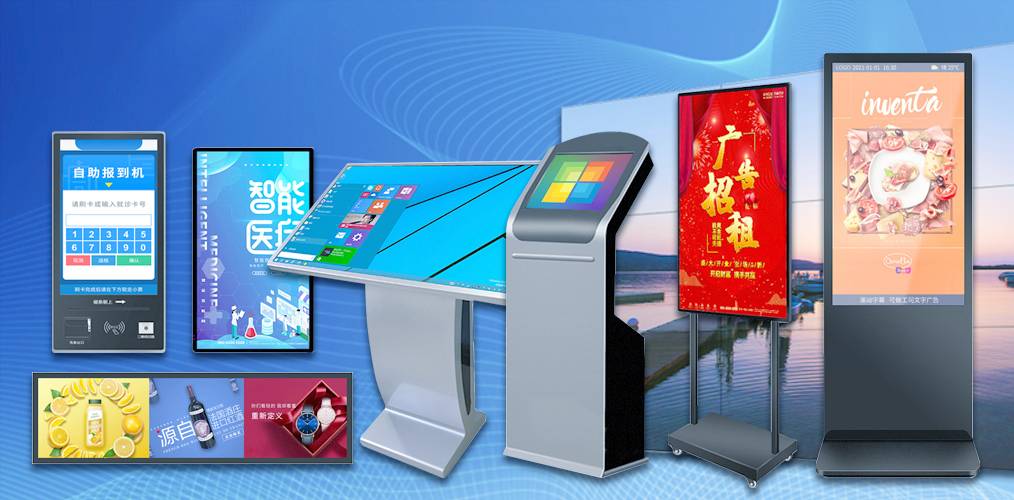
Industrial LCD Screens vs. Wide Temperature LCD Screens
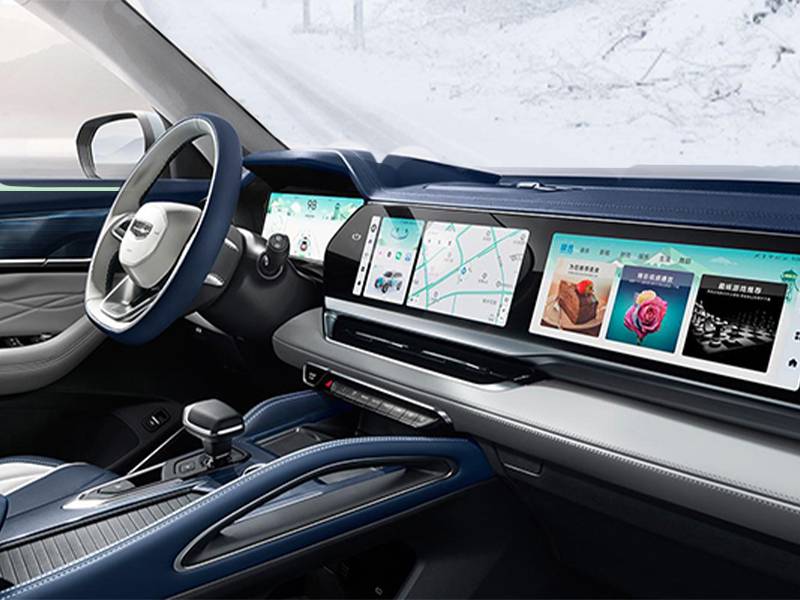
Industrial-grade LCD screens, compared to commercial-grade ones, are designed to handle higher and lower temperatures. The working temperature of industrial LCD screens typically ranges from -20°C to +70°C, making them suitable for most industrial applications. However, certain specialized applications, such as handheld devices used outdoors, automotive touchscreens, and marine display systems, need to withstand more extreme temperatures. In these cases, a wide temperature LCD screen is necessary.
Wide temperature LCD screens have a temperature range that can reach -30°C to +85°C, allowing them to function effectively even in extreme environments, providing stable performance in both high and low temperatures.
What Happens When LCD Screens Exceed Their Working Temperature Range?
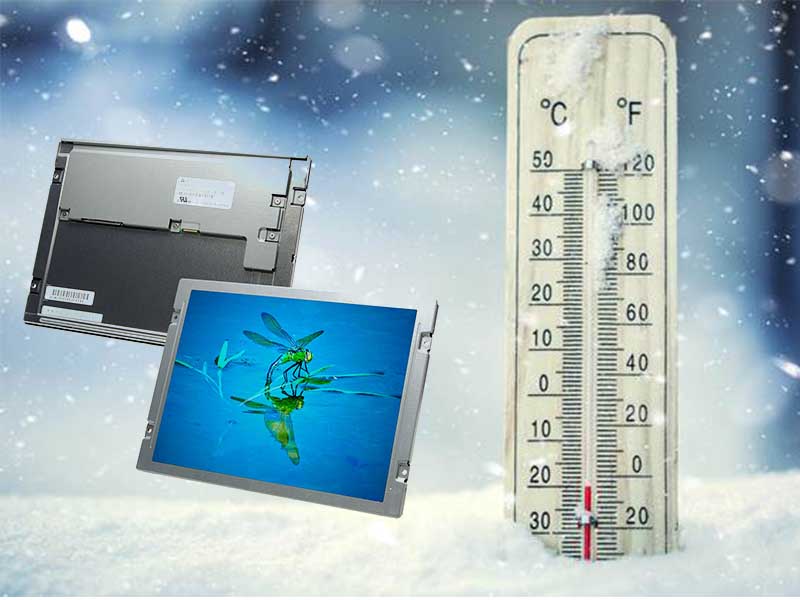
Why is the working temperature of an LCD screen so important? The display performance of an LCD screen is highly sensitive to temperature. The core principle of an LCD screen is the alignment of liquid crystal molecules between two layers of glass. These molecules change their orientation when subjected to an electrical field, altering the light transmission to create images. Temperature variations significantly affect the behavior of these molecules.
- At high temperatures: Liquid crystal molecules move faster, which can cause the colors on the screen to become darker, and may lead to display distortion or lag.
- At low temperatures: Liquid crystal molecules slow down and may even crystallize, resulting in lighter colors and slower dynamic response.
Additionally, both high and low temperatures can impact the backlight of the LCD, affecting the brightness and color stability of the display. When the temperature exceeds the specified range, the screen may fail to display correctly or become completely unusable.
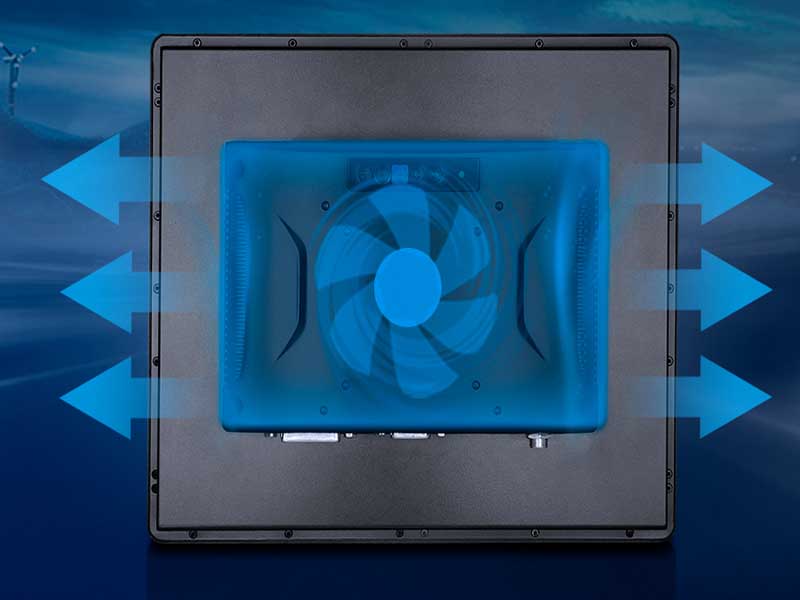
How Do Wide Temperature LCD Screens Work in Extreme Temperatures?
So, how do wide temperature LCD screens manage to perform in the temperature range of -30°C to +85°C? Several key improvements allow these screens to operate reliably in extreme conditions:
- Optimized Liquid Crystal Materials: Wide temperature LCD screens often use VA (Vertical Alignment) liquid crystal materials, which are more stable than the TN (Twisted Nematic) materials commonly used in standard screens. VA materials offer better performance in both high and low temperatures, ensuring more stable operation.
- Durable Screen Structure: The construction of wide temperature LCD screens is designed with robust materials that are resistant to high temperatures and deformation. This structural integrity ensures that the screen continues to display clearly and without distortion, regardless of temperature fluctuations.
- Temperature-resistant LED Backlight: Wide temperature LCD screens are equipped with specially designed LED backlights, which are more capable of withstanding both high and low temperatures. Compared to traditional CCFL (Cold Cathode Fluorescent Lamp) backlighting, LED backlights provide more consistent and stable illumination, ensuring the screen’s brightness and color remain unaffected in extreme environments.
Conclusion
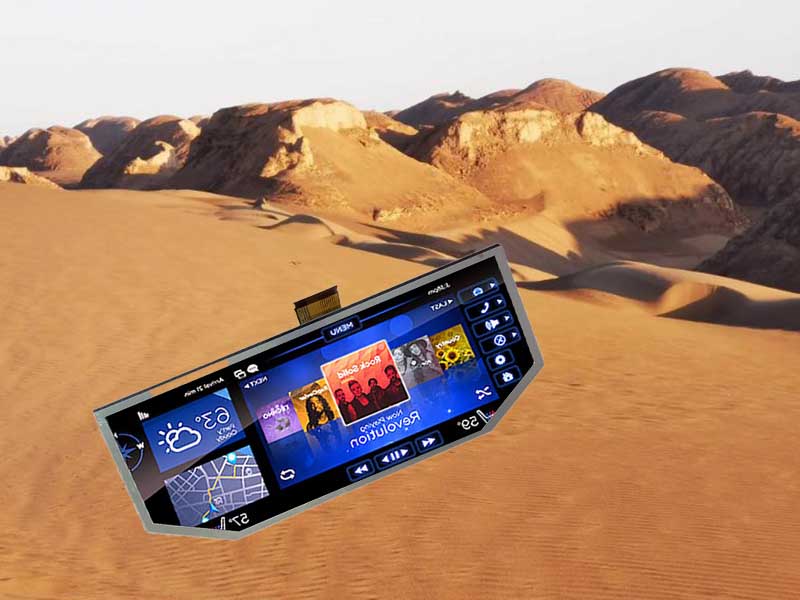
Compared to standard LCD screens, wide temperature LCD screens have superior tolerance to both high and low temperatures. These screens are designed to perform in extreme weather conditions, ensuring that they continue to function reliably in even the harshest environments. This enhanced performance makes wide temperature LCD screens an ideal choice for industrial applications, such as outdoor handheld devices, automotive touchscreens, and marine instrument displays.
By providing a stable and reliable display interface, wide temperature LCD screens enable various industrial devices to operate continuously, regardless of temperature challenges.


